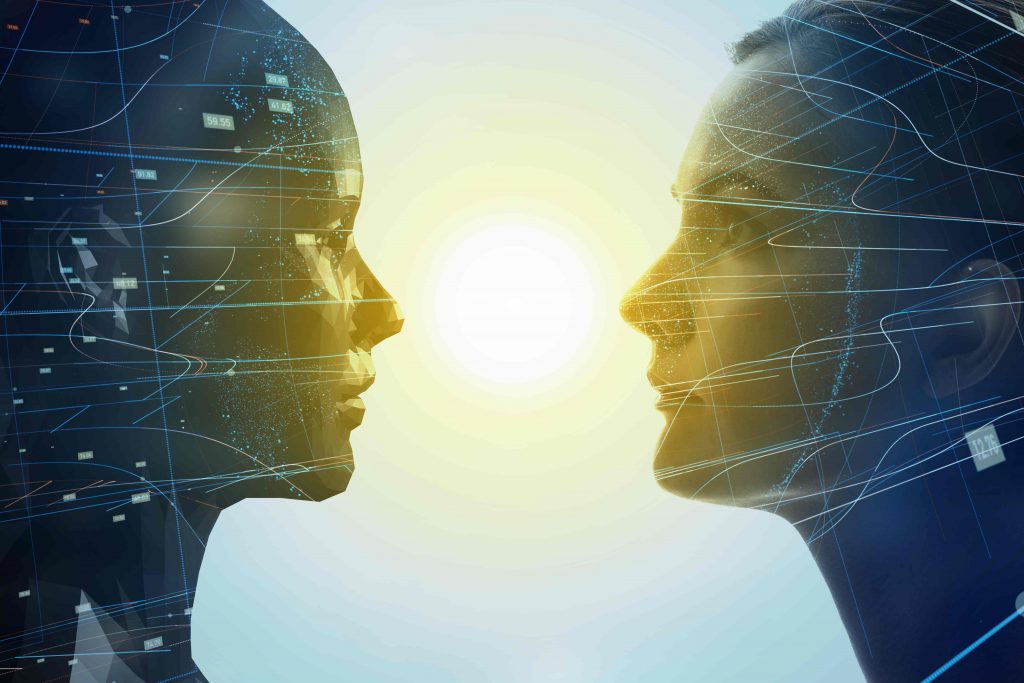Industry View: The Age of the Digital Twin
4th February 2019

The age of the digital twin is upon us, according to AsstrA-Associated Traffic:
According to scientists, soon everything that surrounds us will have its own virtual copy or ‘digital twin’. Technological progress already exceeded our expectations some time ago. Thanks to the Internet of Things (IoT) as well as the ability to track goods and digitize production we are able to comprehensively manage entire product life cycles. By acquiring data from devices used by clients, enterprises receive information that allows them to improve their offerings. Digital twins are one of the key elements in this process.
Digital twins explained
The concept of digital copies is not new. 2D and 3D models have been used in computer-aided designing (CAD) for over 30 years. However, the term “digital twin” has entered common usage only recently. In short, a digital twin is a virtual copy of a physical object, device, machine, or even a production or industrial process.
A digital twin can help you:
UNDERSTAND
Digital twins have multiple uses. First of all, a digital copy offers insights into certain processes. Let’s imagine that you need to repair a broken car engine. You do not know, however, what caused it to fail in the first place. Detailed analysis of a digital engine visible on your computer monitor will allow you to “look inside” it and thereby identify the root of the problem.
PREDICT
Will a machine really work in your factory? Should you buy it? Will it be a good decision? To get answers, all you have to do is to run some tests with the machine’s virtual copy. 3D mapping of your factory with the new machine will allow you to predict how it will operate and help you make a wise purchase decision.
OPTIMIZE
Using digital twins helps identify problems faster and therefore speed up production, reduce costs throughout the entire production chain, and optimize your business. All changes that will occur in a real device, machine, or system, can be tested in its digital replica. This will enable effective remote management of a facility and early detection of any problems, failures, or worn equipment.
Universal use
Digital twins are associated primarily with the automotive industry, where they are used to design and construct vehicles, assembly lines, and manufacturing processes. However, technologies associated with digitally mapping real-world objects are used in almost every industry.
Digital twins appear to be an ideal solution for servicing and maintaining machines. An employee who performs assembly, inspection, or repair can use direct, accurate information and real-time feedback to verify his work. The system will show him which element should be checked, indicate its location, and indicate the necessary tools and spare parts. Digital twins are also extremely useful in aircraft manufacturing and repair processes as well as propulsion system design – complete with fuel calculations – in the aerospace industry.
Interestingly, even cities have their digital twins. For example, Rennes, the capital city of Brittany, has a “Virtual Rennes” digital model of itself to help plan its development. The Rennes digital twin allows officials, residents, companies, and service providers to test a variety of solutions supporting initiatives related to things like public transport. Before the city authorities decide, for instance, whether is it worth building a new metro line or not, with the digital twin they can check its feasibility and test a range of scenarios.
Digital twins help predict the future. Before we start implementing a given project to repair or demolish something – and spend money in the process – we can execute a virtual test run first on a computer before starting work in the real world.
Logistics twin
In logistics, the digital twin concept can be used from the very beginning of a process. As Maciej Tyburczy, Lean Manager & Data Protection Officer at AsstrA-Associated Traffic AG notes, “Digital twins are useful at all stages of a process, starting with designing product packaging to minimize material consumption and reduce size. A good example is the packaging of furniture items as performed by IKEA. The next stage of the process, the transportation of goods, can also be optimized by using this approach. Trucking processes can be, for example, designed to make better use of their payload. In this way, goods distribution methods are also planned,” continues the AsstrA expert. “Warehouse possibilities can also be analyzed using digital twins – even at the design stage. As a result, available warehouse space will be used in the best way, and the processes running inside the warehouse will be performed optimally.”
As can be seen from the examples above, digital twins can be used in many situations in the logistics industry. They allow you to optimally plan, design, and use available resources.
According to global experts’ predictions, in 2020 the number of companies benefiting from digital twins will increase by 30% compared to 2000. According to analysts, digital twin usage will improve enterprises’ performance aided by the introduction of innovative products and their overall efficiency, thereby raising their profits by as much as 25%. However, to succeed, enterprises must constantly develop new economic and business models, bearing in mind that digital twins are only one example of the many innovations shaping today’s market.
asstra.co.uk

